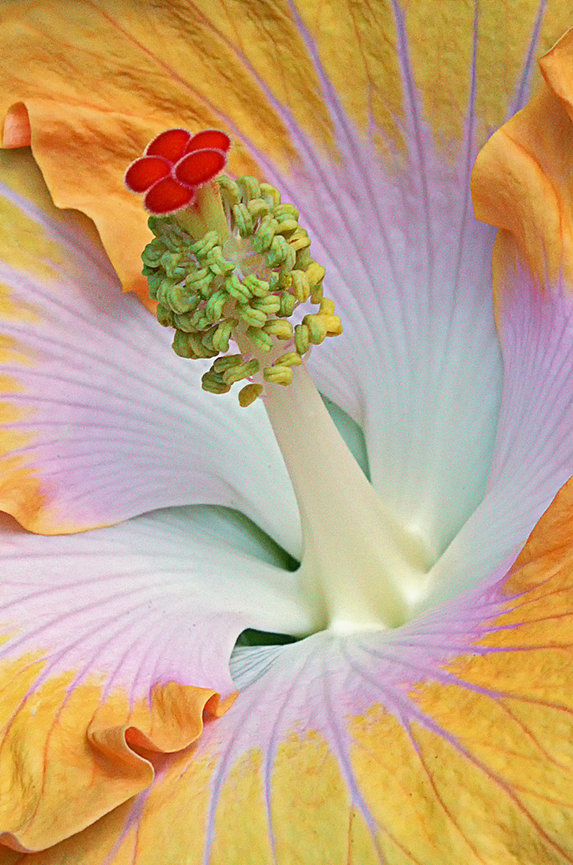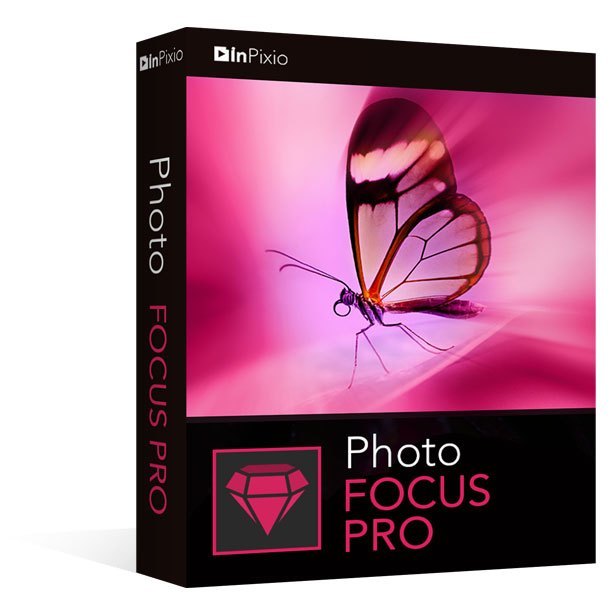

Using a narrowing aperture can bring both eyes back into focus. When using a really wide aperture you have a very thin slice for your focal plane and it is often the eyes that suffer. If they slightly side on or on an angle then one eye will be on a different focal plane to the other. If the subject is straight on to the camera both eyes should be level or on the same focal plane. Understanding the focal plane of your image is another important facet. A lens is not at its sharpest at the widest aperture, instead, try stopping down to f/2.8 for sharper focus. And remember just because a lens may use an aperture like f/1.2 or f/1.4 this does not mean that you should use it. But remember - each lens really should be calibrated to make sure the focus area is correct. There is something so beautiful and flattering about using an 85mm for portraits. I often find the best photos from my sessions are from my 85mm. I must say that the difference between the two lenses is remarkable. I invariably use Tamron my 28-75mm f/2.8 lens for full-body shots in the studio, but for close-ups or on location I am often falling back to my Sony 85mm. When it comes to lenses there is plenty of choices. This is also dependent on the distance between your lens and the subject. Sure f/1.4 or f/2 give that lovely creamy bokeh, but that is not always the best way to go. You can always adjust your aperture as you go. It is better to have everything in focus than nothing. If you have more than one subject think about using a narrower aperture to capture more in focus, say f/9 or even f/11. Aperture is important for perfect focusĪperture is an important part of a portrait as well. I always go straight for the pupil if I can. Some people prefer to focus and then recompose the image to move the focal point, but for me, I much prefer to move my focal point to exactly WHERE I want it.
#Photo focus photography manual#
Of course, you can always use manual focus, but you need to be able to move your camera’s actual focus point, rather than just have it in the middle. When you use flexible spot focus over other focus modes it allows you to really nail exactly WHERE you want your focus to be.


Here are five steps to help nail perfect focus for portraits. But there are other things to consider too. Especially when using a shallow depth of field. So, when shooting portraits, make sure you set your focus point carefully. It creates a sense of eye contact between the subject and viewer, creating a powerful and engaging image. The best portrait photos are when the eyes are in sharp focus.
#Photo focus photography windows#
Eyes are the windows to the soul, right? So when photographing people make sure you focus on the eyes.


 0 kommentar(er)
0 kommentar(er)
